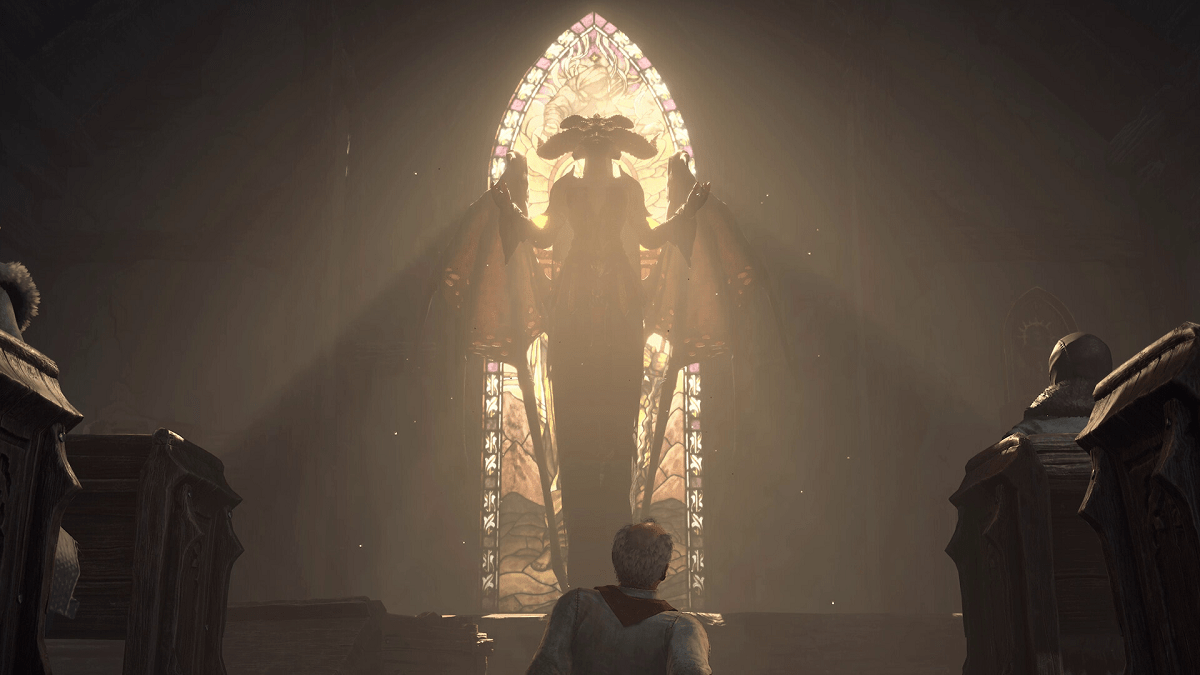Letting the player draw her own difficulty curve
[Destructoid likes to invite game developers to write editorials for us from time to time. Their opinions don’t necessarily represent Destructoid as a whole, but they sure are interesting. Here is a fun one on how Fire Emblem handles difficulty scaling from Anna Anthropy, the developer of Frog Assassin and Dys4ia.]
I want to introduce you to my boys. This is Marcus, Old Marcus, and Seth. They’re from the Fire Emblem games on the Game Boy Advance: from left to right, Fire Emblem (the first game in the series to get an international release), The Binding Blade (the game Fire Emblem is a prequel to) and The Sacred Stones.
But who are they really? Just some dudes with weird anime hair? (Except for Seth. Seth is a dreamboat.) They’re actually DIFFICULTY MODES.

I have been playing a ton of Fire Emblem lately. I tried to take up cross stitch but my partner ended up taking over the cross stitch supplies, so I played Fire Emblem instead. I like how character-based it is: it’s like Game of Thrones but without the threat of rape constantly hanging over all of the female characters. It’s great!
Fire Emblem is one of those strategy games where you pit your dudes against their dudes until one of you wins. Except that each of your dudes isn’t just a pile of numbers, they’re a pile of numbers with a face. If Neimi the Archer dies in battle, she’s gone forever, but if you can keep her alive and give her enough opportunities to train her skills against the enemy, she can level up and eventually become something rad like a Sniper or an Archer-on-a-horse. Badass.

Marcus and Seth come with horse already attached. As Paladins, they’re drastically over-leveled compared to your other forces when they join you, which is right at the beginning of the game. In all three games, you’re equipped from the get-go with a character who can kill anything, cross the map quickly (because of the horse), and take an attack from nearly any of the low-level enemies you face that early in the game without flinching.
These guys are essentially Easy Mode. But they’re not a decision you make once and then live with the consequences of all game. They’re a constant series of decisions: will I bring Seth out this round, or will I give the slots to one of my lower-leveled characters? Will I put Seth out in front to soak up blows or give other characters the chance to grab some experience?

Seth is a get-out-of-jail-free card: if a fight turns out to be too difficult, the enemies too strong, you can always pull out Seth and have him charge at something. You’re continually making choices about whether to use Seth (or Marcus, or Old Marcus) and how. You can use him for the first few missions and then phase him out in favor of new characters. You can keep him around as a guaranteed bodyguard for the whole game.
These decisions are different than the decision to pick “Easy Mode” or “Hard Mode” off of a menu at the beginning of a game. (Many of the Fire Emblem games have those too.) That’s because the Easy / Normal / Hard decision is lacking in context. You have no frame of reference for that decision, no way to predict how “Easy” is different from “Hard” or what constitutes “Normal.” Unless you’ve played the game before. But even then, it’s not clear what makes Hard so different than the other options.

Marcus — or the gun that fires super powerful shots, but has a really long cool down before you can use it again, so it demands a lot of accuracy to use – is a difficulty decision that you have context for, because you can constantly test the boundaries of his strength in actual play. You can watch him demolish a dude and then go, “Maybe I should let my Archer level up a bit.” You can watch one of your characters lose half his hit points to a single enemy and decide, “Time to call in Marcus.”
These embedded difficulty decisions give the player the chance to continuously rescope her own desired difficulty level, allow her to find and fine tune the boundaries of her own play experience. Fire Emblem is real good at this sort of thing: Sacred Stones will sometimes periodically give you level one characters you can arduously level up into powerful fighters or over-classed powerful fighters that you can choose to put on the front lines, or not, or only when you’re desperate.

Because character’s deaths are permanent in Fire Emblem, these late-game reinforcements also give the player the chance to patch up holes in their forces with appropriately powerful characters. As designers, accessibility in our games is about more than just slapping some sexist “girlfriend mode” on at the end, but about giving players meaningful ways to tweak the parameters of their play experience. Give your player a gun with a weird anime beard that kills anything in one shot. Let her decide when to fire it.
[Anna Anthropy is a play designer, critic and historian. You can support her on Patreon for regular updates on what she’s working on. She also maintains annarchive.com, a growing repository of digitized games media.]




Published: Mar 2, 2015 02:00 pm